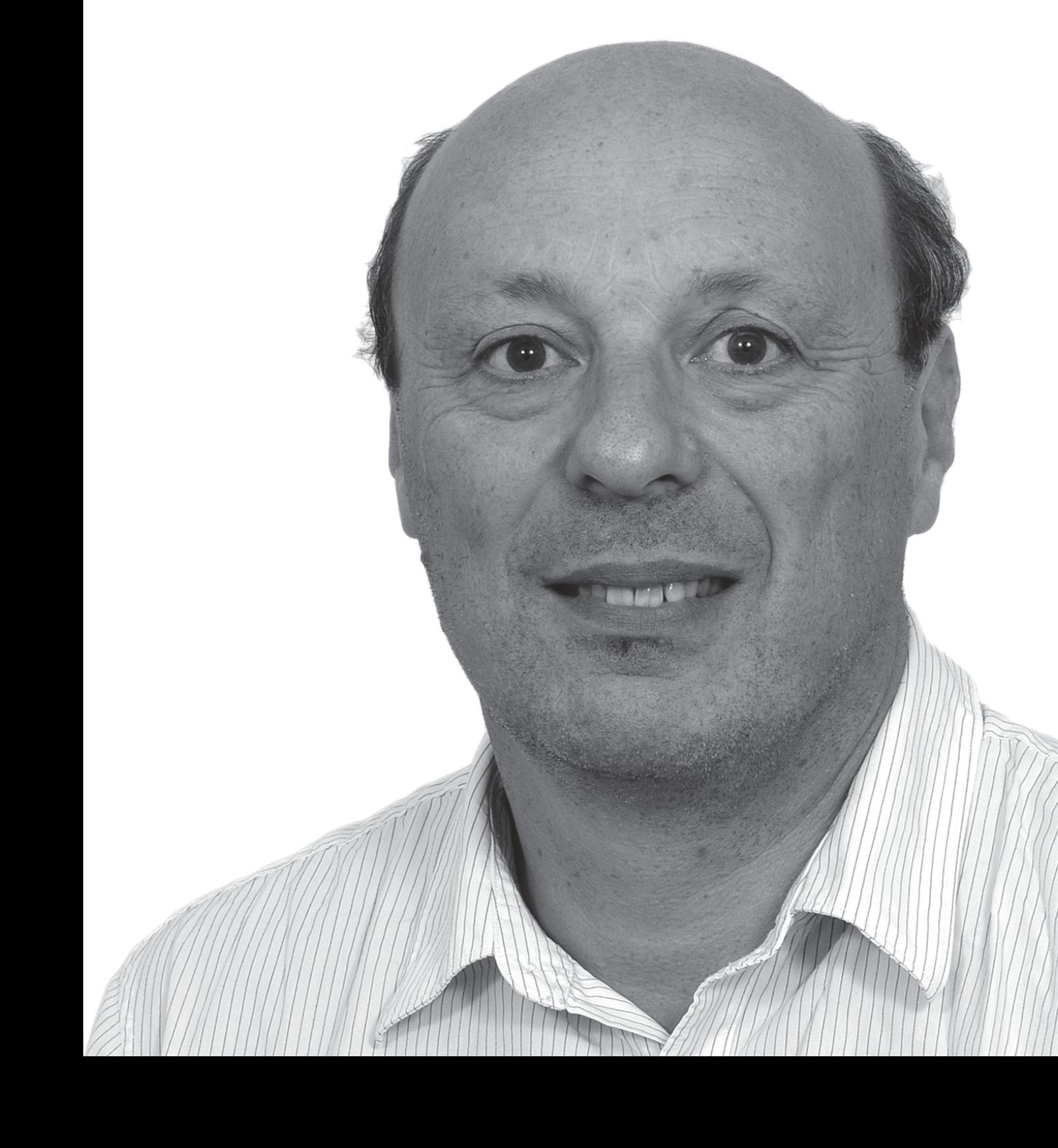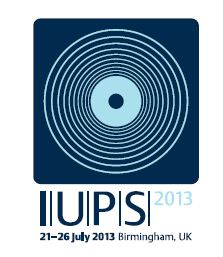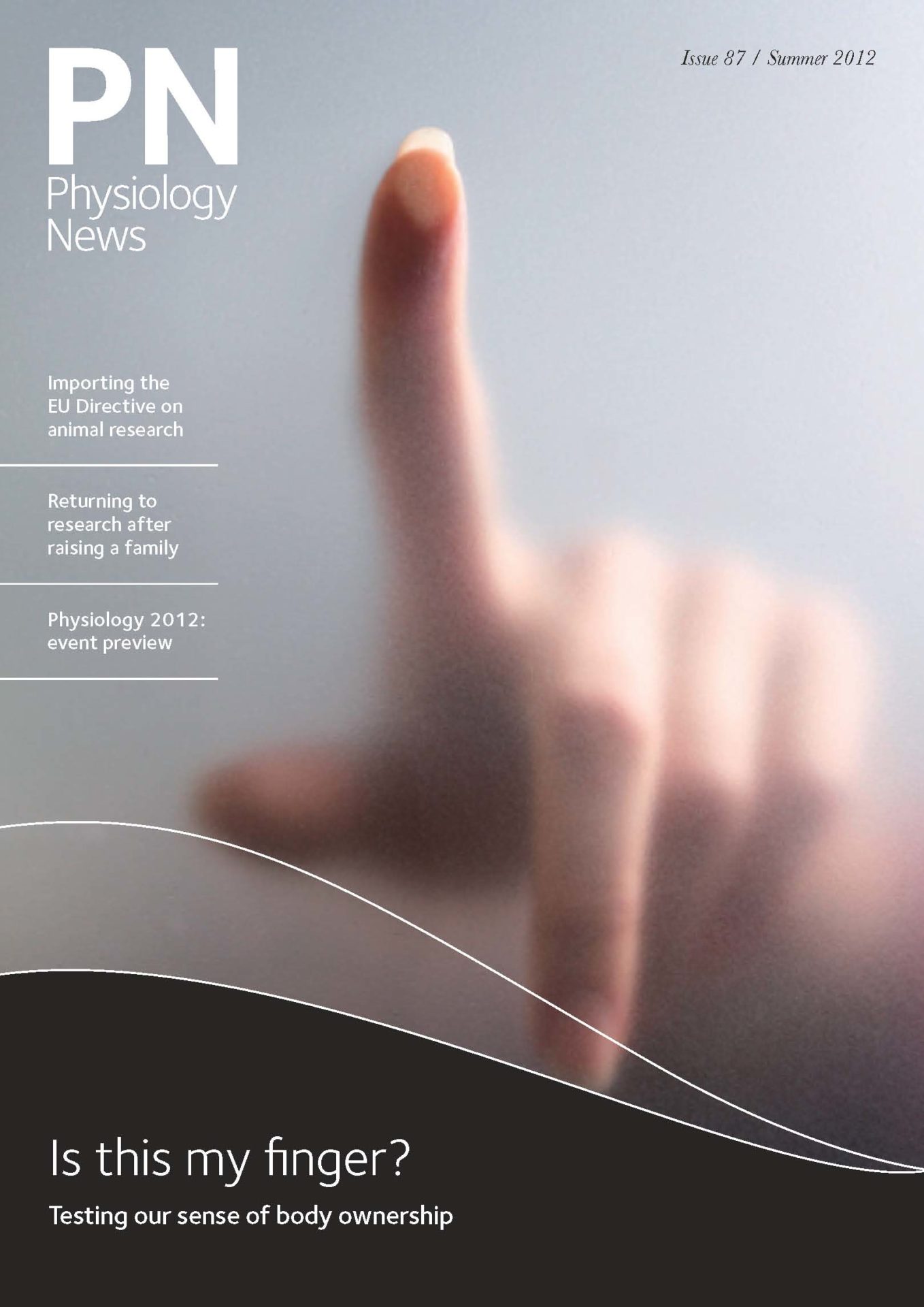
Physiology News Magazine
Q&A: David Eisner, IUPS
With just over a year to go before the next IUPS in Birmingham in 2013, Thelma Lovick caught up with David Eisner, Chairman of the International Scientific Programme Committee, to find out how the programme is shaping up.
Features
Q&A: David Eisner, IUPS
With just over a year to go before the next IUPS in Birmingham in 2013, Thelma Lovick caught up with David Eisner, Chairman of the International Scientific Programme Committee, to find out how the programme is shaping up.
Features
https://doi.org/10.36866/pn.87.36

IUPS 2013
It must be quite a daunting prospect to organise the programme of an international meeting on a topic as broad as physiology. Where do you start?
Yes, it’s quite a challenge. Obviously my expertise is in a rather focused area of physiology (calcium and cardiac function), but physiology and the IUPS meeting are so broad. It is the job of the Programme Committee to try to cover all areas.
How many people do you have on the Programme Committee and how do you choose them?
What one does is to get as many people involved as possible to get a broad perspective. There are 35 on the committee. About half are officers from IUPS and IUPS Commission Chairs and we have nominees from FEPS (the Federation of European Physiological Societies, the Scandinavian Physiological Society, The European Society for Microcirculation and the European Vascular Biology Organisation, all of whom are partners in the congress). Then we filled in the gaps in subject coverage, also aiming to get a good gender balance.
Tell me something about the format of the meeting. Will there be any surprises?
The format won’t be that different to a standard physiology meeting. But for the keynote lecturers, who have already been decided on, we tried to avoid just inviting the same people that you’ve already heard at other meetings. One innovation is that each symposium will contain three established speakers and two who are at the start of their careers. We want to keep it fresh and we’re also keen to have a good geographical and gender balance. For example, about a third of our plenary lecturers are women.
Is that because you are discriminating in favour of women?
No, not at all. We just tried to make sure that we were not overlooking people.
How do you decide what the hot topics are that are going to be crowd pullers?
It starts by people on the Committee thinking about topics and speakers in their own field.
So does that mean that the programme is actually a reflection of the Committee?
Good question. Inevitably there’s going to be some bias. But with 35 people on the Programme Committee, we should have a pretty broad representation. We put out calls for suggestions and probably around 200 keynote speakers were suggested. We took all of these suggestions very seriously. It is also worth noting that, in order to avoid ‘cronyism’, anyone on the Committee is not eligible to give a keynote or plenary lecture. The international physiological community is quite a broad church.
Who are you aiming the meeting at?
We deliberately aim to be as broad as possible. There are lots of specialist meetings that one can go to, but IUPS is unique, precisely because it covers such an enormous breadth. I think this is one of its strengths. While we want to make sure that everyone will find lots in their own specialist area, I also hope that people will come because they have a general interest in physiology in its widest sense, to help their teaching or simply because their own research is interdisciplinary. We’re particularly keen to attract delegates from emerging physiological communities and there is some provision for financial aid. As always, we will run a stand-alone teaching workshop in the week before the meeting. This will be held in Bristol and we’re keeping an international flavour.
What about symposia?
We’re having lots of symposia. We had suggestions for about 300 symposia in response to the call that went out late in 2011. We’ll end up with about 100.
How do you whittle them down?
Members of the Programme Committee have now looked at all the submissions. As well as requiring first-class science, we were looking for a balance of geography and gender. Where there was overlap between submissions we combined the ideas.
And posters?
I want to make posters central to this meeting. The thing about the International Conference Centre in Birmingham is that you don’t have to walk miles to posters like you do at some venues. They will be right in the centre of things and we’re going to have them up all day. The idea is that the posters will form an active hub of the meeting with people talking science around them all day. I see them as a sort of catalyst for new ideas and interactions, which can then be cemented in the many cafes and bars that are located within a few minutes walk of the conference centre, which has a really attractive canal-side location. It’s a great venue.
Finally, will there be satellites?
We’re taking a rather relaxed approach here. Satellites will be independent of IUPS. If people want to hold them then the deal is that we will promote their satellite in exchange for them advertising IUPS. In fact, there are plenty of smaller venues in and around Birmingham, which could be used to host satellites in the weeks before and after the meeting.
It sounds like it’s all coming together nicely.
Well, I hope so. I’m sure there will be obstacles on the way that cause me a few sleepless nights, but I’m confident of putting on a good show. We’re certainly working hard towards it.

For more details on the meeting visit: www.iups2013.org
The website will be updated regularly as the programme is finalised.
